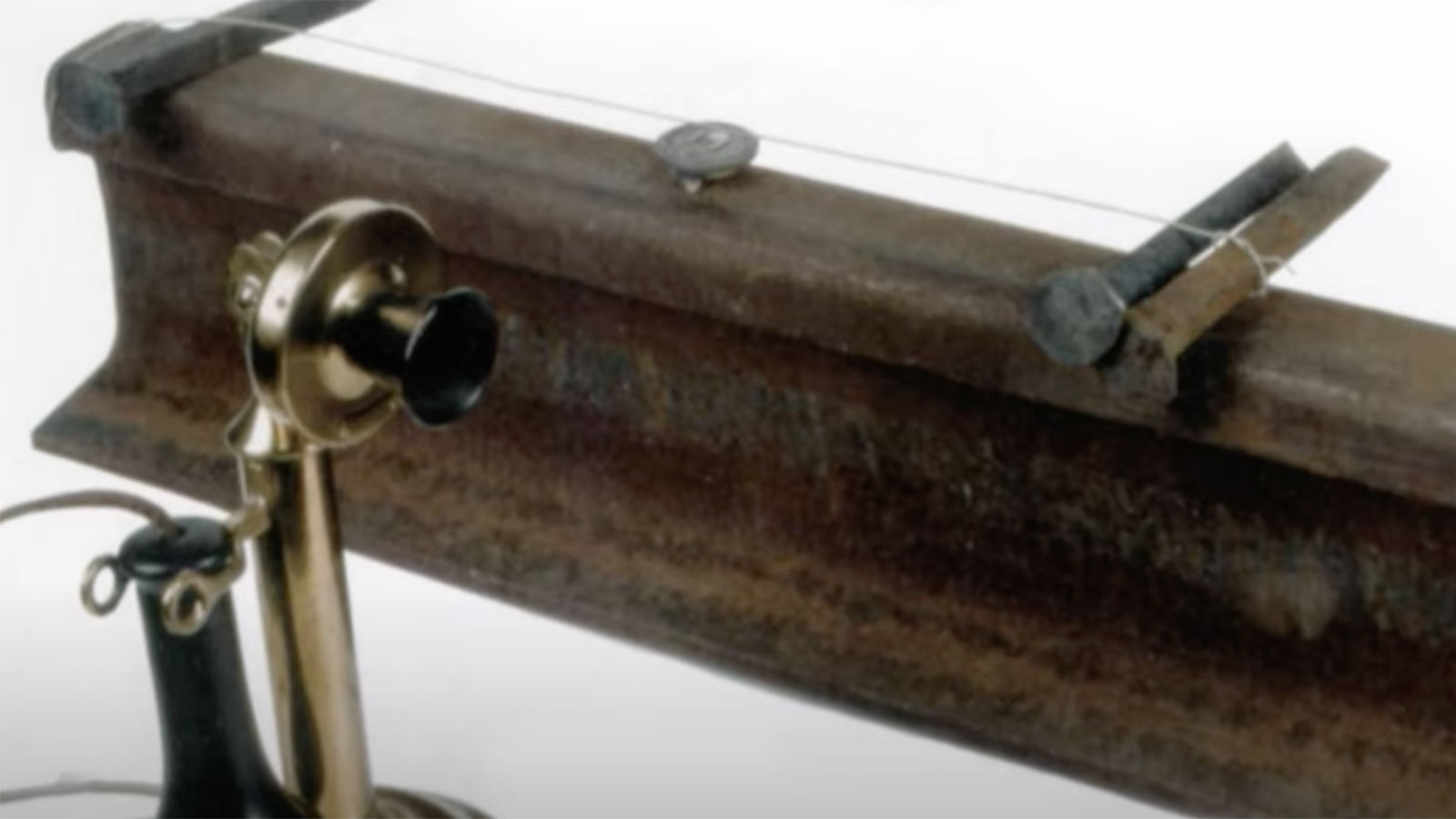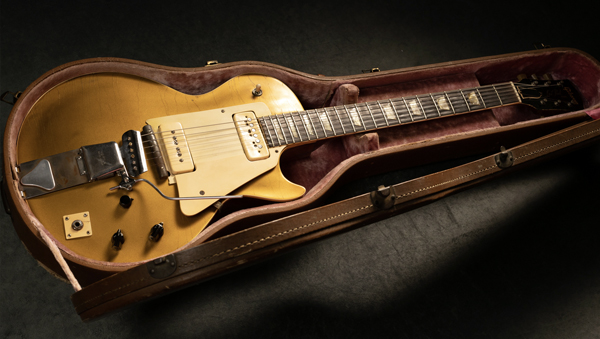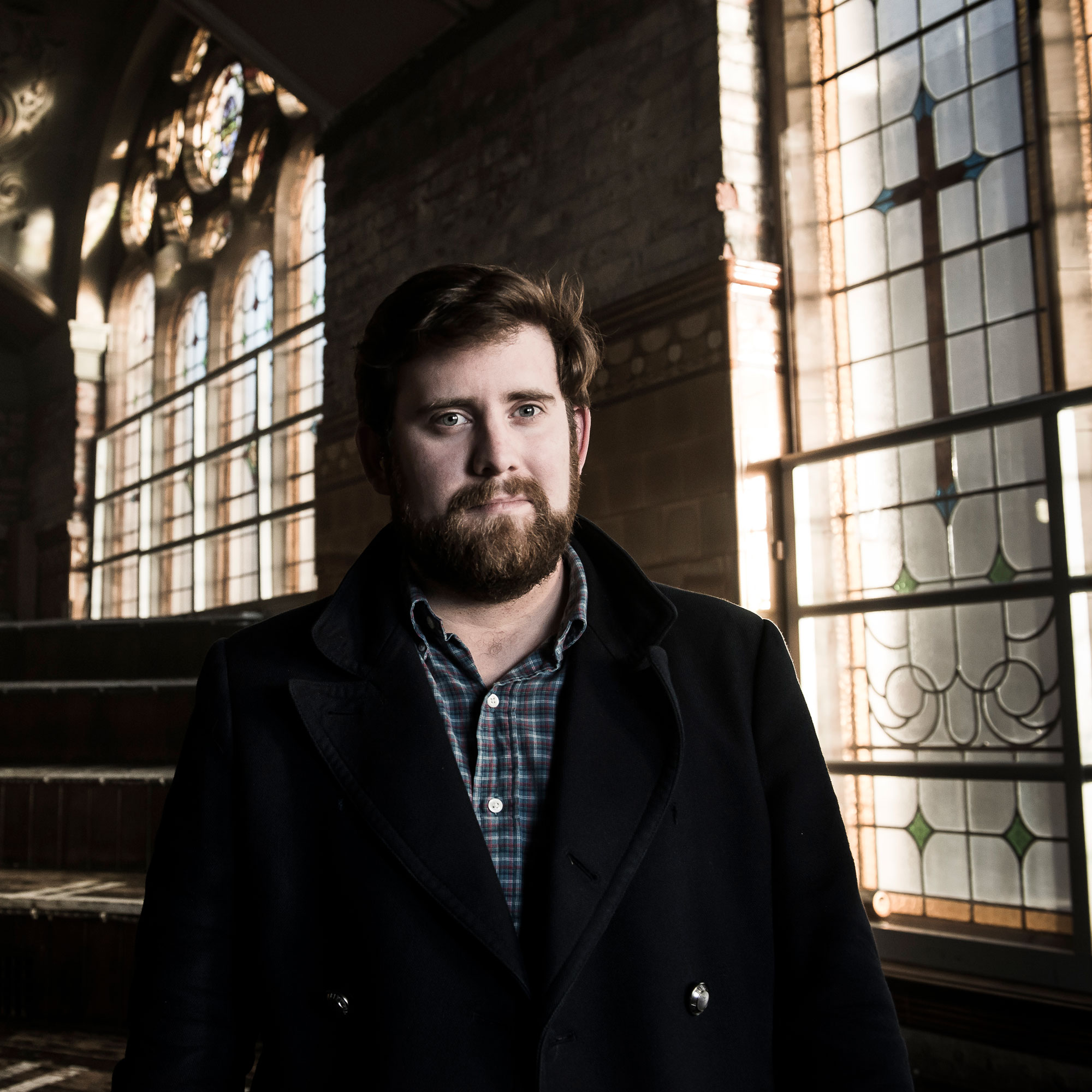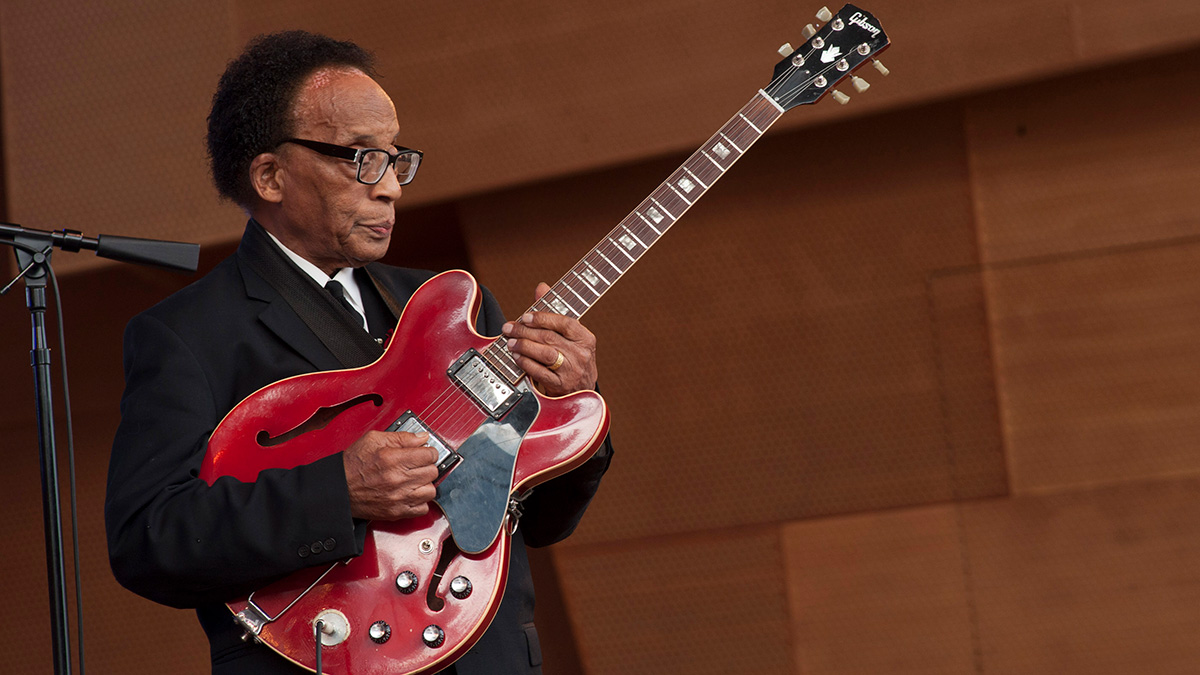Watch Les Paul’s son Gene reveal his father's incredible journey in developing the iconic electric guitar
The first Gibson LP approved by Les Paul is coming up for sale via auction – hear the story of its inception and creation in this exclusive video
Les Paul’s personal favorite ‘Number One’ Gibson LP is coming up for auction very soon and in this exclusive video you can hear Les’s son, Gene Paul, talk through his father’s journey is conceiving and designing the iconic instrument.
It’s full of fascinating little insights into the process and personality behind the iconic Gibson Les Paul.
For instance, Gene says that the seed for an electric instrument was first planted when his father was performing at a barbecue stand in the late 20s, around the age of 12. Reportedly, an audience member told the young Les that he could hear his voice and harmonica, but not his guitar.
“Dad said this is where this guitar started,” recalls Gene. “[He said] ’In retrospect, the only regret I’ve got is that I never knew this man’s name because he’s the reason I went on this journey.’”
Gene discusses the amazing evolution of Les’s electric guitar experiments, using spare electrical items found around his mother’s house and in the nearby area – from a telephone and radio to a discarded piece of rail track.

He also reveals that Les experimented with his existing acoustic, too, trying to create a better sound to amplify by filling it with laundry and, at one point, plaster of Paris.
Later, he talks through Les’s initial collaborations with Epiphone (which preceded his dealings with Gibson) and his later experiments with the early solid wood electric design he nicknamed The Log.
Get The Pick Newsletter
All the latest guitar news, interviews, lessons, reviews, deals and more, direct to your inbox!
Interestingly, Gene also recalls Les describing his experience in playing a show with The Log to a muted reception and how he decided to attach some wings to the solid block in order to make it look more guitar-like. The next show was a complete success.
“When he came home that night my mom asked him again, ‘What happened?’” recalls Gene. “He said, ‘It was perfect… They loved it. I think I learned something new. She said, ‘What’s that?’ He said, ‘I believe people hear with their eyes.’”
That certainly seems to have been the case when Les took his initial Log design to Gibson, too.
“They said, ‘Thanks but no thanks,’” says Gene of that initial meeting. “Gibson even came up with the thing where they marked dad as ‘the guy with the broomstick with the pickups on it!’ And he didn’t mind, because he knew one day, ‘It’s going to be Gibson.’”

Of course, Gibson did indeed come back to Les in 1950 to ask if he was interested in developing a solidbody electric with them.
“It took Dad two seconds to answer that one!” laughs Gene. “They started to go ahead with Dad’s guitar idea, with Gibson. It took two years… It went back and forth and back and forth and finally, around 1952, they shipped him a guitar to approve… When this one showed up, that was it. Dad said, ‘We’ve got it. This is the one we’re going to go with, start manufacture. And Dad said to me, ‘This is MY number one…’”
You can hear the rest of Gene’s story in the video above and if you want to learn more about the instrument in question, check out our previous video with Tom Doyle and Gene Paul for a look inside the 1952 Gibson Goldtop that Les Paul deemed his 'Number One'.
Finally, keep an eye out for the new issue of Guitarist magazine, which is on sale now and covers the full, in-depth story of this very special instrument.

Matt is Deputy Editor for GuitarWorld.com. Before that he spent 10 years as a freelance music journalist, interviewing artists for the likes of Total Guitar, Guitarist, Guitar World, MusicRadar, NME.com, DJ Mag and Electronic Sound. In 2020, he launched CreativeMoney.co.uk, which aims to share the ideas that make creative lifestyles more sustainable. He plays guitar, but should not be allowed near your delay pedals.
“It holds its own purely as a playable guitar. It’s really cool for the traveling musician – you can bring it on a flight and it fits beneath the seat”: Why Steve Stevens put his name to a foldable guitar
“Finely tuned instruments with effortless playability and one of the best vibratos there is”: PRS Standard 24 Satin and S2 Standard 24 Satin review










